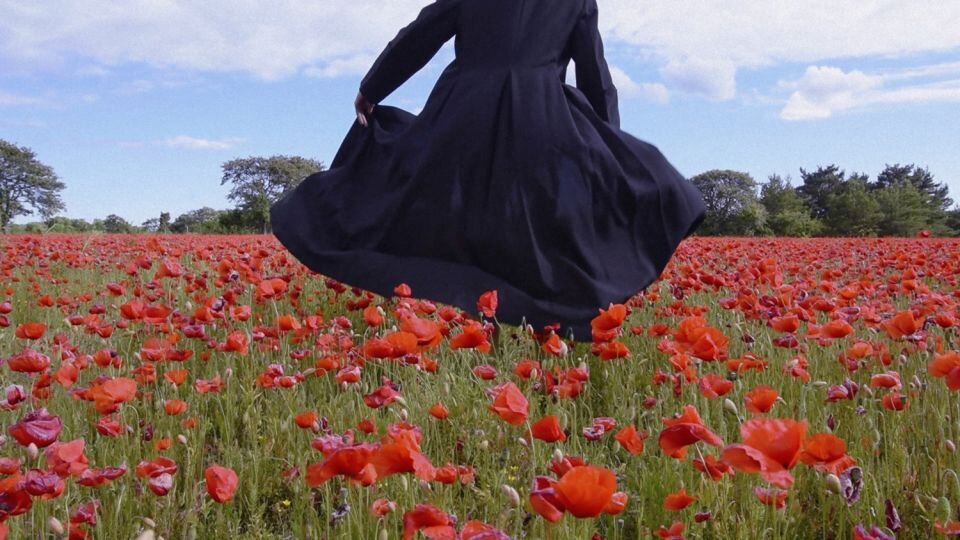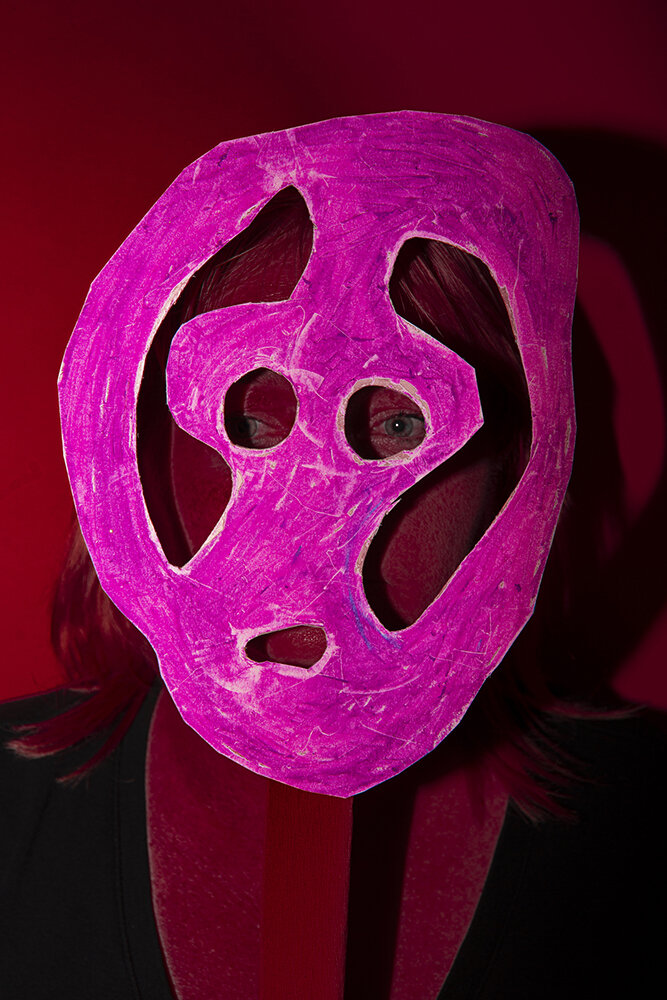Tuesday Reads: Alec Soth
“What kind of photographer are you? How I dread that question. [...] I often say that when I take portrait, the thing I’m really capturing is the space between myself and my subject. If I’m a connoisseur of anything, it’s social distance. My appreciation of distance has come in handy the last couple of months. [...] What advice can I share for the countless people learning to live with the new social restrictions? Try to look at social space the way a sommelier looks at wine. Swirl it in the light. You needn’t intoxicate yourself in loneliness, just hold it to your nose and breathe.”
An eye-opener like few other books, this small jewel stems from the surreal yet unbelievably intimate conversations between a member of the Magnum photographic agency and a writer who has been in a prison cell since 2003. If one truly wants to believe that photography can and should serve the purpose of connecting distant realities and inspiring alternative futures, then the letters exchanged by Cabrera and Soth are the perfect inspiration in a time of isolation and uncertainty.
© Yukari Chikura
There is a certain hypocrisy about photography, which arises precisely from its honesty. Promoted as the medium most inclined to foster conversations and bring communities closer, its role can also be that of capturing the unbridgeable distance that separates us from our fellows. Which is probably one of the sources of its peculiar communicative power. The uncomfortable yet familiar gap between our thoughts and other people sometimes embroils us and has us persuaded that its an issue no one else can really understand–precisely due to the gap. As precious testimony of the common nature of our isolation, therefore, photography does not aim to eliminate loneliness and bridge the gap, erasing differences. Rather, when fully savoured, it becomes a celebration of such distance, an appreciation of the many islands around us. While we were actually born alone, remembering that every other human is in this same situation feels contradictory yet comforting.
© Carolina Wojtas
Precisely for this deliberately independent approach to life most photographers unavoidably have, their take on loneliness might be quite peculiar. Please do not be surprised when, in conversation with a photographer friend, you find yourself slightly confused on her social nature. Is she really most comfortable alone? How come, when she thrives on conversations and emotional exchanges? Is she really an extrovert? How come, when she spends most of her time observing her surroundings the way only a three years old human–or a three months old Golden Retriever–would? Or rather, feel free to be surprised for a couple minutes, then remember the ambivalent nature of her language. A language that, by nature, celebrates something it simultaneously proclaims to eliminate. It might sound absurd by now, I know. However, by reading The parameters of our cage, any detractor of this theory will at least partially melt before the brutally honest yet intensely poetic awareness these two great minds share: the awareness that life is a lonely ride, but it is so for everyone. As much for the spoiled child as for the diabetic widow, as much for the R&B star of the moment as for the delivery guy biking around the corner of your building. And photography, a tool for the consciously and peacefully lonely, celebrates exactly our togetherness before this reality.










